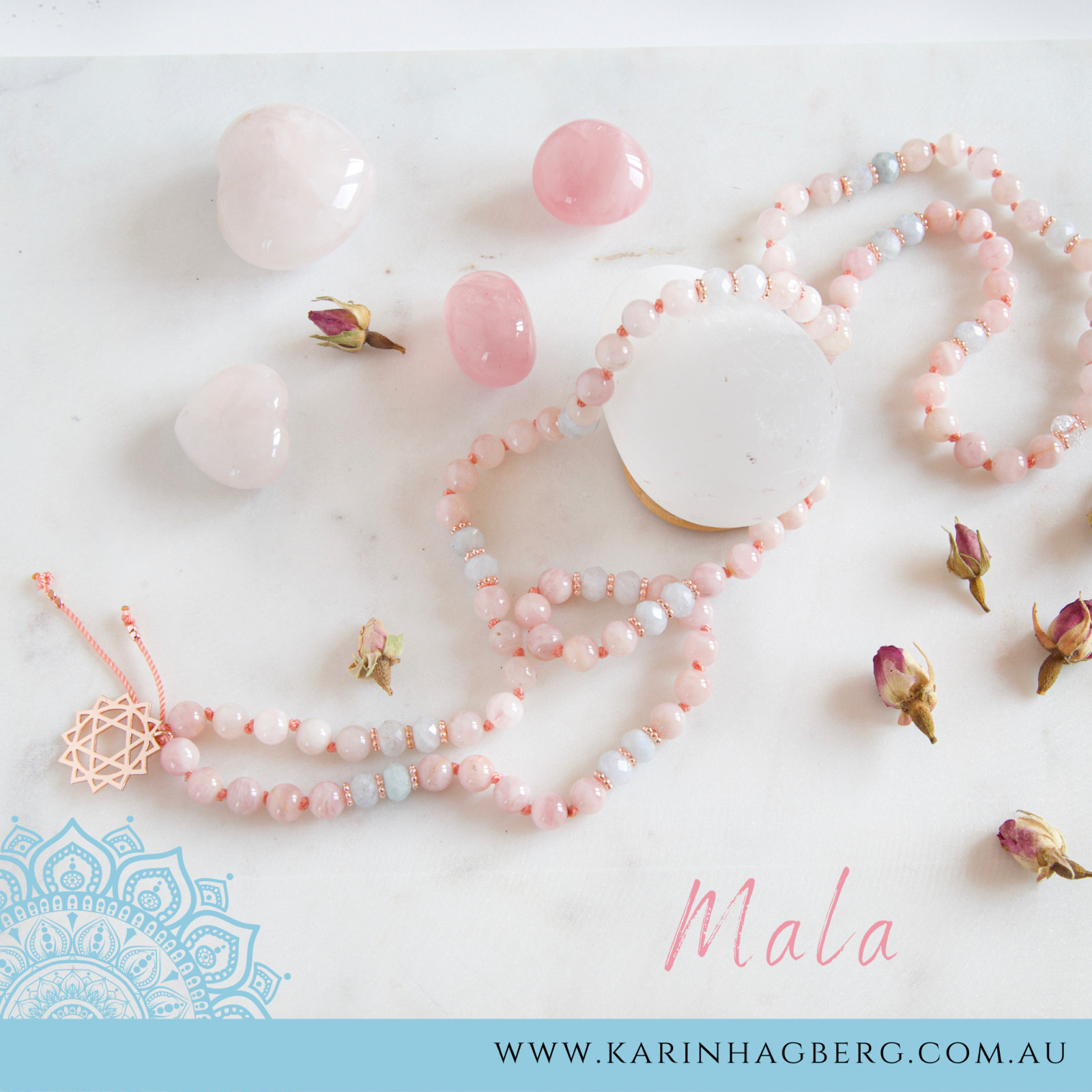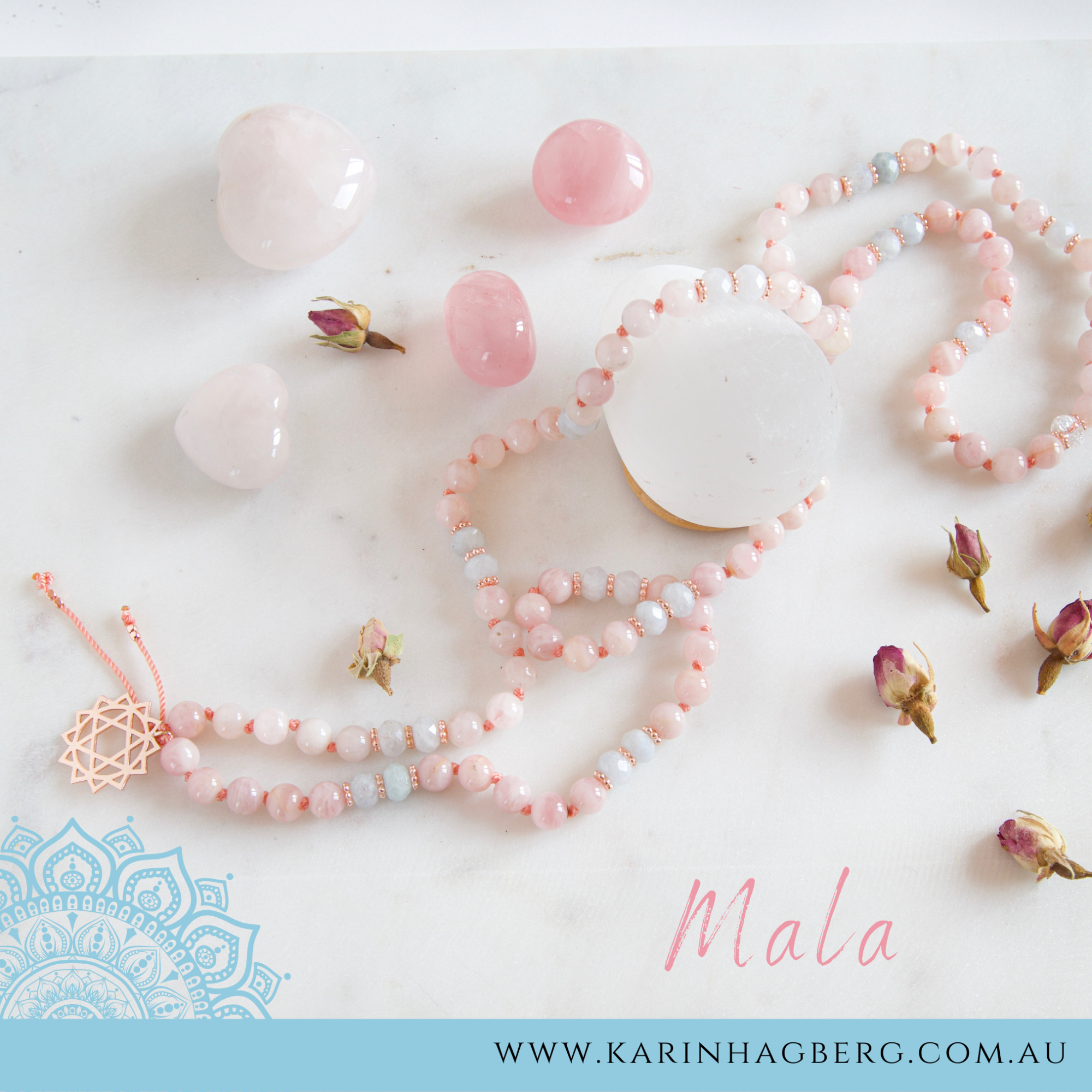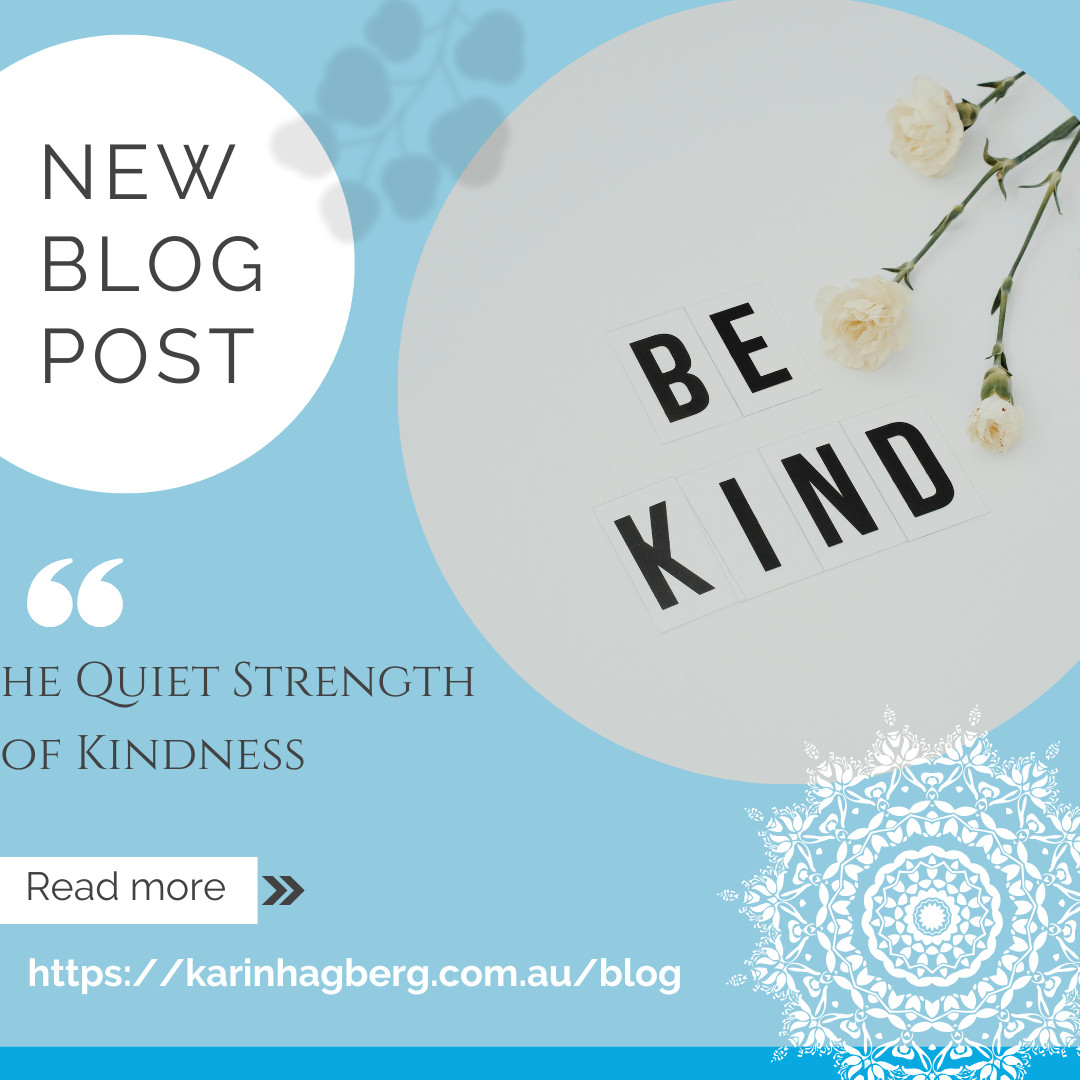
A MALA is a string of beads used for meditation and prayer in various spiritual practices, particularly in Hinduism and Buddhism. It is similar to a rosary in the Christian tradition. Malas can be made from various materials such as gemstones, wood, seeds, or crystals, and they typically consist of 108 beads, although variations exist with different bead counts.

The number 108 holds significance in many spiritual and cultural traditions.
Here are some interpretations of why the mala typically has 108 beads:
1. Sacred Number: In Hindu and Buddhist traditions, the number 108 is considered sacred. It is believed to represent the wholeness of existence, including the individual self, the universe, and the divine. Each bead is a reminder of the interconnectedness of all things.
2. Cosmic Relationships: The number 108 is said to reflect various cosmic relationships. For example, it is believed to represent the 12 zodiac signs and the 9 planets, resulting in 12 multiplied by 9 equaling 108. Additionally, the distance between the Earth and the Sun is about 108 times the diameter of the Sun.
3. Energy Centers: In yoga and Ayurveda, it is believed that the human body has 108 energy channels or nadis that converge to form the heart chakra. Each bead on the mala can be seen as a symbol of these energy centers and serves as a tool for aligning and balancing them during meditation.
4. Mantra Repetition: Malas are often used to count repetitions of mantras during meditation. A mantra is a sacred word, sound, or phrase that is repeated to focus the mind and enhance spiritual growth. The mala with 108 beads allows practitioners to track the recitation of the mantra by moving one bead at a time, helping to maintain concentration and awareness.
It's important to note that while 108 is a significant number, not all malas have precisely 108 beads. Some malas may have fewer beads, such as 54 or 27, and there are also wrist malas with around 18 to 27 beads. The symbolism and purpose of the mala remain regardless of the specific bead count. Ultimately, the mala serves as a personal tool for meditation, prayer, intention setting, and spiritual practice.
Using a mala necklace for meditation and spiritual practice is a simple and effective process.
Here's a step-by-step guide on how to use a mala necklace:
- Set Your Intention: Before you begin using the mala, take a moment to set your intention or purpose for your practice. It could be a specific mantra, affirmation, or quality you wish to cultivate during your meditation.
- Choose a Comfortable Position: Find a comfortable seated position for your meditation practice. You can sit on a cushion, chair, or in any other position that allows you to maintain an upright posture while being relaxed.
- Hold the Mala in Your Hand: Hold the mala in your dominant hand, allowing it to rest on your middle or index finger. You can let the mala drape between your fingers or hold it loosely, ensuring that it is comfortable and doesn't restrict your movement.
- Start at the Guru Bead: The guru bead is the larger bead at the center of the mala. Begin your practice by holding the mala with your thumb and middle finger and starting at the bead next to the guru bead (the bead before and after the guru bead are not counted).
- Recite Your Mantra or Affirmation: With each bead, gently move your thumb or middle finger to the next bead while reciting your chosen mantra or affirmation silently or aloud. You can use a specific mantra or simply focus on your breath or a word that resonates with your intention.
- Keep Count: Continue moving from bead to bead, repeating your mantra with each bead until you reach the guru bead again. You can choose to go around the mala once or multiple times, depending on your preference and the time you have available for your practice.
- Pause or Reverse Direction: When you reach the guru bead, you can pause for a moment of reflection, gratitude, or to transition to another practice. If you wish to continue, you have the option to reverse direction and move back along the mala without crossing over the guru bead.
- Closing Your Practice: Once you have completed your desired number of repetitions or reached the end of your meditation, gently place the mala down or wear it as a reminder of your practice throughout the day.
Remember, the mala is a personal tool, and you can adapt its usage to suit your individual practice. You can use it for meditation, mantra repetition, mindfulness, or any other spiritual practice that resonates with you. Enjoy the process and let the mala serve as a supportive tool on your spiritual journey.


Understand what makes you different from everyone else and learn the profound insights into your psychology, along with strategies and techniques for making correct decisions, ultimately leading to a life of more ease and fulfillment.


















0 Comments